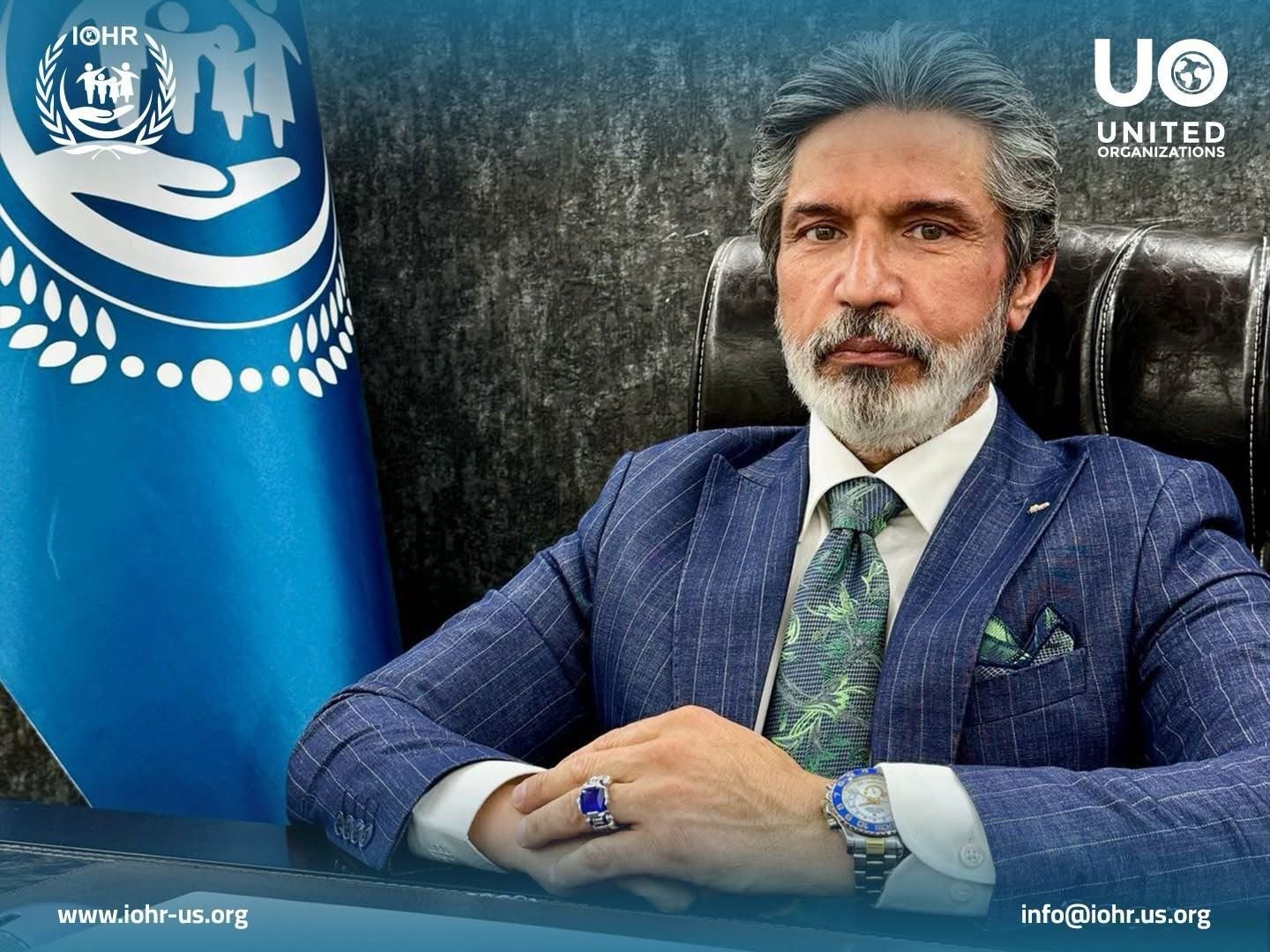World Bank: Over 100 Countries, Including China, India, Brazil, and South Africa, Face Serious Challenges in Their Efforts to Transition to High-Income Status
According to a new World Bank study, more than 100 countries, including China, India, Brazil, and South Africa, are facing significant obstacles that may hinder their efforts to transition to high-income economies in the coming decades. This study presents the first comprehensive roadmap to help developing nations escape what is known as the “middle-income trap.”
Based on lessons learned over the past 50 years, the “World Development Report 2024” indicates that as countries become wealthier, their economic growth rates tend to slow or stagnate once per capita income reaches about 10% of the U.S. per capita GDP—currently around $8,000. At this point, these countries fall into a state of “growth stagnation.”
This threshold falls within the middle-income range according to the World Bank’s classification. Since 1990, only 34 middle-income economies have managed to transition to high-income status—more than a third of which have benefited from either joining the European Union or newly discovered oil reserves.
By the end of 2023, 108 countries were classified as middle-income, with per capita GDP ranging between $1,136 and $13,845. These countries are home to 6 billion people—approximately 75% of the world’s population—with two-thirds living in extreme poverty. They also produce over 40% of global GDP and more than 60% of carbon emissions.
The World Bank states that these countries face much greater challenges than their predecessors in escaping the middle-income trap, including rapid aging of populations, increasing protectionism in advanced economies, and the need to accelerate energy transitions.
In response, Indermit Gill, World Bank Group Chief Economist and Senior Vice President for Development Economics, said: “Middle-income countries will be the battleground for winning or losing the global prosperity battle. However, many of these countries rely on outdated strategies to catch up with advanced economies. They often depend on long-term investment alone or attempt innovation without adequate preparation. Thus, it is crucial to adopt a new approach that first focuses on investment, then on leveraging new technologies from abroad, and finally, on adopting a three-pronged strategy that balances investment, technology, and innovation. With growing demographic, ecological, and geopolitical pressures, there is no room for error.”






